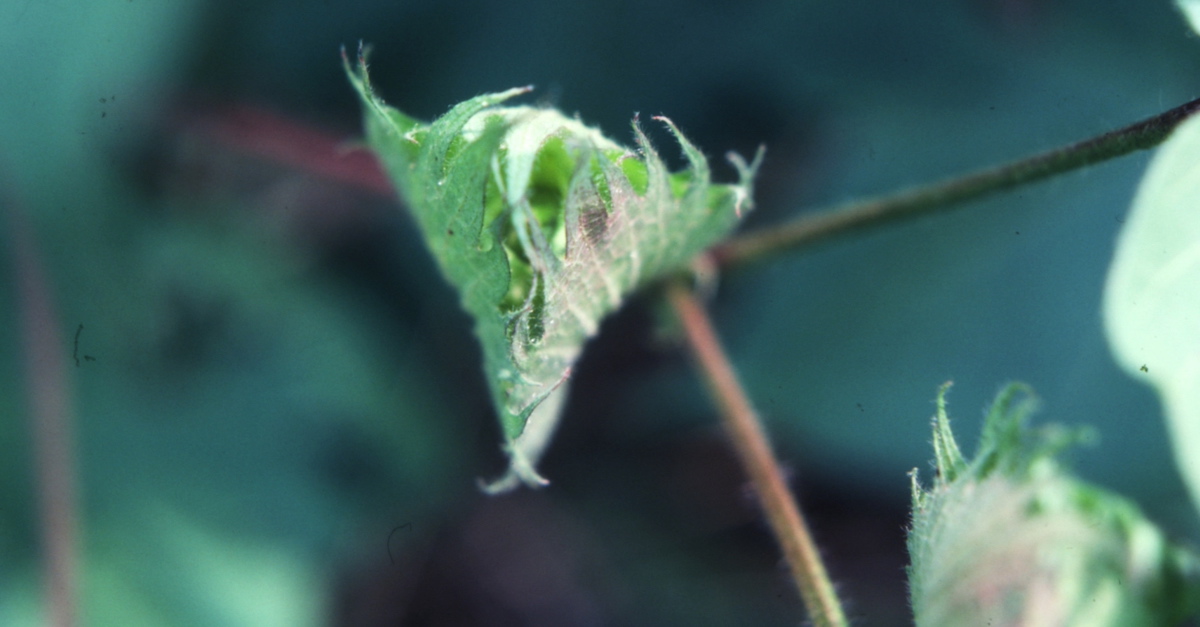Sustainability Equals Survival
In a broad sense, sustainable agriculture in the United States began with soil and water conservation practices after the Dust Bowl days of the 1930s. Since then, through across-the-board research and development, U.S. cotton is arguably 100% sustainable.
Although far less technically advanced, cotton giants China and India are beginning to understand the advantages of sustainability.
In China, for instance, the government is subsidizing growers to plant better varieties, particularly Bt varieties, and yields are increasing yearly. Transgenic varieties are more eco-friendly because they require less pesticide use. In Xinjiang province, which produces 32% of China’s cotton, Bt varieties are used on 80% of the acres.
China also better understands that its export reputation is invaluable. When safety concerns arose over Chinese-produced consumer products, it responded by implementing strategies to improve safety and quality standards. Safety and quality are vital components of sustainability.
Terry Townsend, Executive Director of the International Cotton Advisory Committee, says, “Sustainability is more than just environmental protection. It also implies the efficient use of resources. Not using a resource, or not degrading the environment, are not sufficient conditions to meet a sustainability goal. Resources, like land and water, also need to be used efficiently in order for a production practice to be considered sustainable.”
Founded in 1939, the ICAC is a leading advocate for cotton producing nations. It publishes studies and technical information on the cotton industry and holds an annual Plenary Meeting of member states. The 2009 Plenary Meeting, the 68th, will be held in Cape Town, South Africa, September 7-11.
According to Townsend, there have clearly been improvements in cotton production practices over the last 2½ decades: Growers understand that indiscriminate use of insecticides have negative consequences to the environment, profitability and product efficacy. And the role of beneficial insects is better understood.
Townsend also includes decent working conditions and enforcement of the International Labor Organization’s child labor laws as parts of sustainability.
“We now estimate that about half of all world cotton produced today would meet the UN’s definition of sustainability,” he says, “and the trend line direction is up.”
The UN defines sustainability as, “The ability to produce cotton today without reducing the ability of future generations to produce cotton.”
With the world’s population projected to reach 9 billion in 2050, and with virtually all of the world’s arable land already in cultivation, Cotton Incorporated projects that natural fiber production must triple to meet demand. Sustainability equals survivability.
But sustainability continues to be a complex and often misunderstood concept.
To some, it means completely eliminating pesticides and other chemicals used in cotton production. To those, “sustainable cotton” is “organic cotton.” The terms are not interchangeable.
All organic cotton is organic, but not all organic cotton is sustainable, if that makes sense. And if that’s not confusing enough, there are at least two dozen definitions of “organic.”
“Sustainability is what comes closest to the intersection of environment, quality of life and economics. It is a continuum,” says Cotton Incorporated CEO Berrye Worsham.
Organic cotton has the perception of being more eco-friendly than conventional cotton, but that would seem contradictory. Organic cotton’s yields are far less than conventionally grown cotton’s ― meaning it takes more acres of organic cotton to produce the same amount of conventional cotton. Organic cotton acres continue to rise, but account for only 0.55% of total global cotton production, according to the Organic Exchange’s “Organic Cotton Farm and Fiber Report 2008.”
As for conventional cotton’s economic footprint, some of the United States Department of Agriculture’s data on American cotton production is astonishing: About 0.8 pounds of insecticides and 2.1 pounds of herbicides are applied to an acre of cotton. With the average yield in the U.S. at 800 pounds per acre, that equates to 0.09 ounces of total pesticides applied per pound of cotton produced.
Add chart
Add photo to caption








